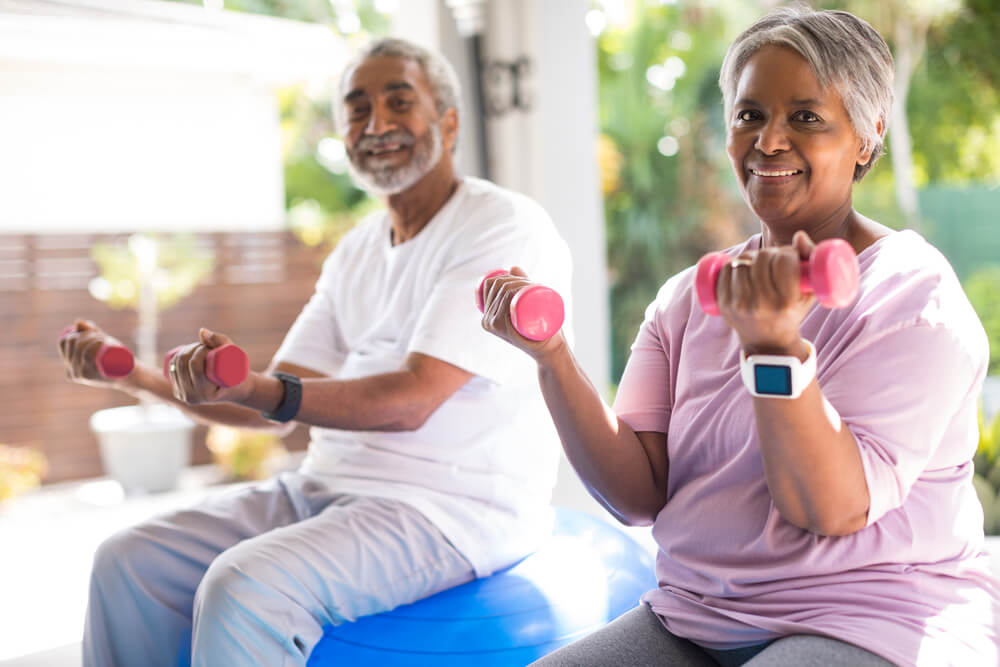As we get older, it’s normal to have some decrease in muscle mass. This is due to a condition called sarcopenia, or age-related muscle degeneration. This process can start as young as age 40, although the risk really goes up past age 50.
Do I have sarcopenia?
The symptoms of age-related muscle loss include:
- Weakness (you may notice that it’s harder to lift familiar objects)
- Less endurance (you may walk more slowly or can’t walk as far)
- Unintended weight loss
Why do we lose muscle as we age?
There can be a number of reasons why we lose muscle, but the research points to changes in hormones as the main cause. Testosterone and other hormone levels tend to dip as we age, and we also become more resistant to our own growth hormones. This allows our muscles to break down more quickly than they heal and rebuild. Chronic inflammation due to stress or illness can also play a role in this process. Once we begin to lose muscle, we also lose strength, leading to a more sedentary lifestyle. It makes sense—it becomes harder to exercise, which leads to fatigue when we do try to be more active, making it more difficult to do anything at all.
Can muscle loss be dangerous?
The loss of muscle mass equates to a loss of strength, balance and endurance. This naturally leads to less activity, which can have an effect on the health of your heart and lungs, among other body parts and systems. The more immediate risk, though, is often the risk of falling—and, as we get older, a fall becomes more likely to land us in the emergency room, the nursing home or, unfortunately, the funeral home.
Can we treat or prevent sarcopenia?
The short answer is a resounding YES! Even the frailest of us can rebuild lost muscle. The most important things you can do are:
- Eat a healthy diet containing plenty of protein.
- Talk to your doctor about beginning an exercise regimen that focuses on progressive resistance training, or PRT.
The goal of PRT is to gradually increase the difficulty of your workout as your strength and endurance improve—which means increasing the weight and the number of reps slowly as you regain your strength. Adding some aerobic exercise will help you stay more active and make it easier to keep working on your strength training, too.




